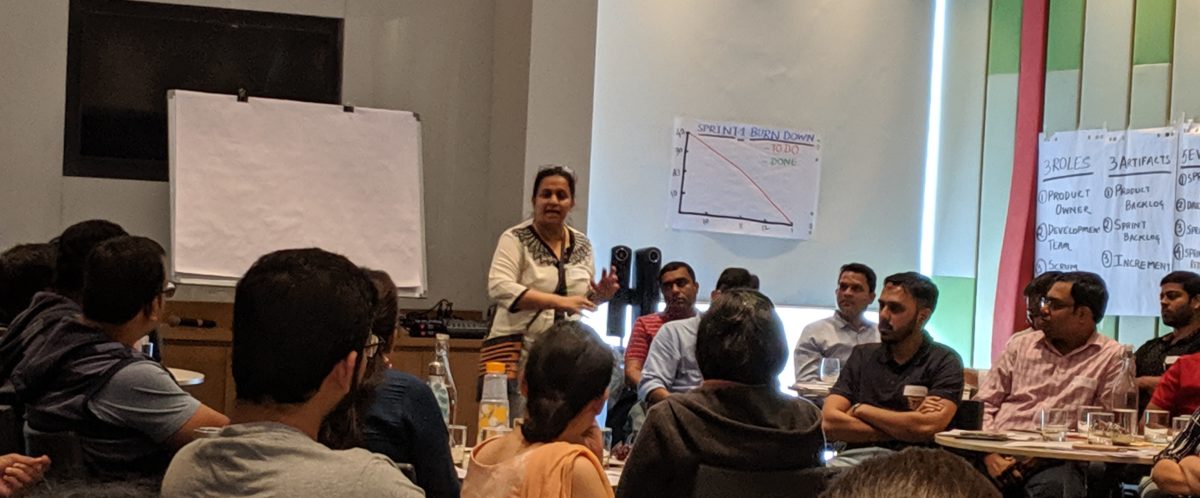Agile Metrics is an area that causes quite a heartburn for many agile practitioners. There are strong advocates on both sides of debate. Some people will insist that everything you can measure -you should measure. They will say “only what gets measured, gets improved” .. These people will insist that measuring our progress, helps us to keep on track , to see if we are working up to our potential. They also argue that Metrics help baseline and allow us to have cer
On the the other hand we have people who will have objection to this very “base lining” as they believe the comparison leads to people focusing on Metrics rather than value …They argue that metrics add overheads and often can be manipulated to paint a picture you want to depict. A heavy metrics framework goes against the idea of simplicity.
Both sides have got merit in their point of view. But fact of matter is Metrics are very much here to stay. Its up to us to set up metrics that are lean and still deliver insights. In this section I am going write a series of articles that describe how to set up such a framework. Some of the topic I am considering are:
- Why Metrics Need To Be Different For Agile Projects? Do we really need metrics for our agile projects?
- What Metrics are seen to help agile projects?
- Some Pointers to keep in mind while defining metrics for your projects
Of Course Metrics can never be defined in isolation – they need to be thought in context with your contracts as well as your own scrum implementation.

